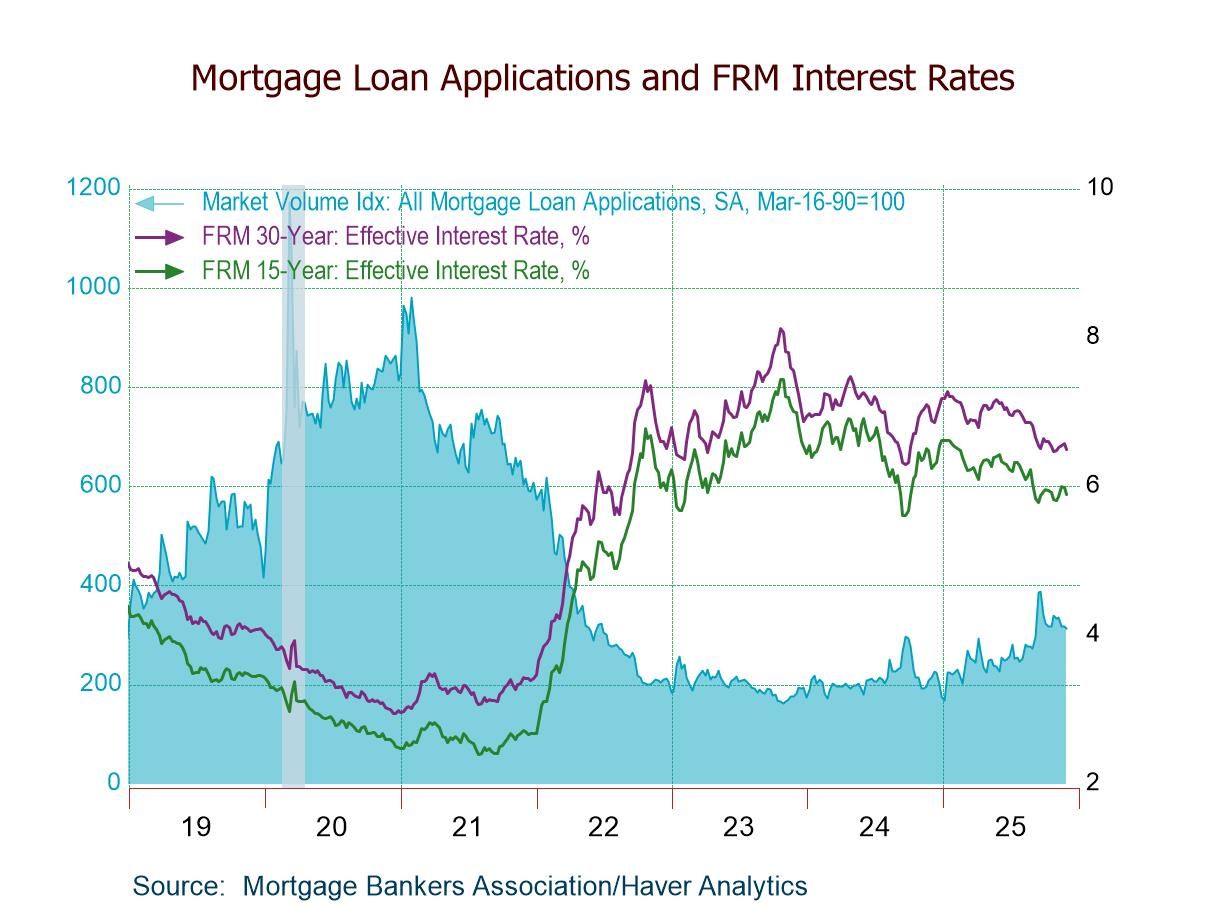The ADP/Moody's National Employment Report indicated a 139,000 rise (1.9% y/y) in nonfarm private sector jobs during February. Expectations were for a 157,000 gain in the Action Economics Forecast Survey. Last month's rise followed increases of 127,000 and 191,000 during January and December, revised down from 175,000 and 227,000. During the last three months, job increases averaged 152,000, below the peak of 259,000 in February of 2012.
The ADP survey is based on ADP's business payroll transaction system covering 406,000 companies and roughly 23 million employees. The data are processed by Moody's Analytics Inc., then calibrated and aligned with the BLS data. Extensive information on the methodology is available here.
A moderate 120,000 rise (2.0% y/y) in service-producing payrolls led job growth last month. The gain was, however, half the increase in November 2012. Jobs in professional and business services increased 33,000 (2.8% y/y), transportation and utilities employment grew 32,000 (1.9% y/y) while financial activities headcount slipped 1,000 (+0.5% y/y). Goods-producing payrolls rose 19,000 (1.5% y/y). Factory sector employment edged up 1,000 (0.4% y/y) while construction payrolls increased 14,000 (3.5% y/y), the weakest monthly rise since August.
Hiring amongst small businesses totaled 59,000 (2.1% y/y). Medium-sized firms' payrolls advanced 35,000 (1.4% y/y) while jobs at large-size companies rose 44,000 (2.4% y/y).
The ADP National Employment Report data are maintained in Haver's USECON database; historical figures date back to March 2001. The figures in this report cover jobs only in the private sector. The expectation figure is available in Haver's AS1REPNA database.
The Fed's latest Beige Book covering regional economic conditions can be found here http://www.federalreserve.gov/monetarypolicy/beigebook/beigebook201403.htm
| ADP/Moody's National Employment Report | Feb | Jan | Dec | Y/Y | 2013 | 2012 | 2011 |
|---|---|---|---|---|---|---|---|
| Nonfarm Private Payroll Employment (m/m chg, 000s) | 139 | 127 | 191 | 1.9% | 2.0% | 2.3% | 1.8% |
| Small Payroll (1-49) | 59 | 52 | 91 | 2.1 | 2.1 | 2.5 | 1.1 |
| Medium Payroll (1-49) | 35 | 49 | 46 | 1.4 | 1.6 | 2.0 | 2.0 |
| Large Payroll (>500) | 44 | 27 | 55 | 2.4 | 2.3 | 2.4 | 2.7 |
| Goods-Producing | 19 | 12 | 36 | 1.5 | 1.6 | 2.2 | 1.7 |
| Manufacturing | 1 | -6 | 16 | 0.4 | 0.6 | 1.6 | 1.9 |
| Service-Producing | 120 | 116 | 154 | 2.0 | 2.0 | 2.3 | 1.8 |


 Global
Global



